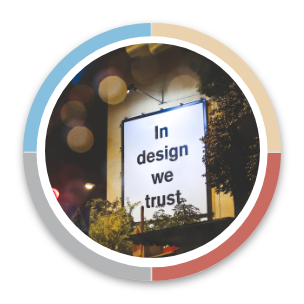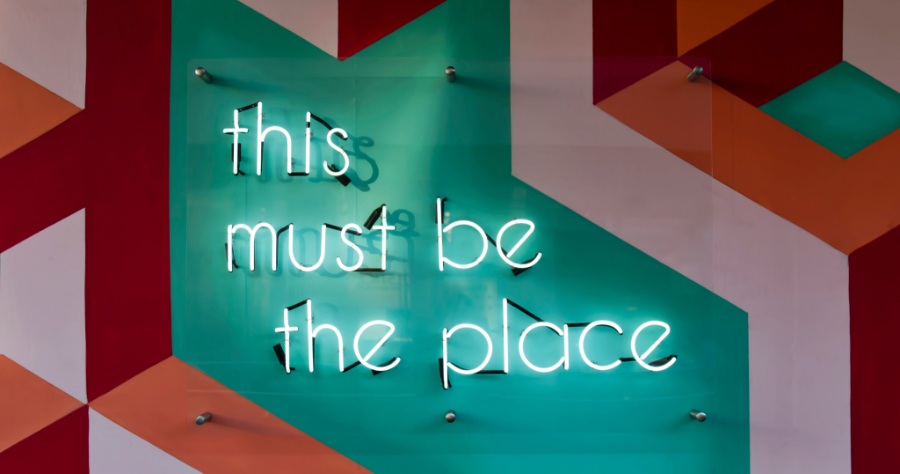Balancing the Designer & Client Expectations

I wanted to take a moment to talk a bit about designer / client expectations and the balance I feel comes with being a responsible designer. After all, client’s are investing with the expectations of getting a great ROI and trusting in decisions being made that are in the best interest of their needs.
I’ve witnessed in many instances throughout my design journey where clients are somewhat at a disservice. It’s not a negative comment or necessarily of ill intent. Experienced designers value their clients and brand, they also value their insight, knowledge, expertise and skill set. When we see designers put the value of their experience and preference before the clients, that’s where we often see relationships fail due to trust and lack of results.
It took me many years to find the balance between my preferences and what’s best for my clients.
Let’s start with who I am…
I’ve spent much of the past 25 years involved in the arts in some form or another. Along the way I’ve had the good fortune to meet many types of artists, hear stories, indulge in technicalities all while learning and growing from these experiences.
I’m an artist through and through. I have a beautiful studio for my fine art, I sing, song write, play guitar and love all forms of digital media. I’m an artist in the sense that I love to communicate and be communicated to, and I have a very deep appreciation for the technical aspects of master craftsmanship.
For me though… that’s where it stops. I’m not necessarily an artsy artist.
I feel art and artists often push boundaries that just aren’t always necessary. There’s this trend of making more of things than they really are, complemented with some overthinking. I get it, I really do… artists are blessed with a unique perspective of life. We’re inspired to be creative, unique and establish our style. More often than not, I’ve experienced overthinking as an unproductive waste of time, resources and money… especially when it applies to brand and strategy.
Where am I going with this… lets start with an example.
It’s really quite interesting the outlook that artists have on art, meaning and how they relate. I’m going to draw a comparison between my music and digital media. Since having children, the guitar has become my immediate fix over spending hours in the studio painting
I’ve played out a few times on open mic nights, I get offers from friends as well to play out. My approach to playing music though is that I do it for myself, I play the songs that I connect with and that bring me absolute joy. If I were to play out, I would have to edit my set list to accommodate the crowds and play fan favorites that connect with them. That just does not work for me.
But when it comes to my clients…
I find great pride in problem solving… especially when I know I’m applying 20 years of experience that’s helping a client grow their business. I’m not much different than most designers. I see things, I question them, I critique them and I also reverse engineer some things to learn how, or why or what I may do differently.
When it comes to client expectations vs my preferences I begin to balance client expectations over my own preferences. I don’t approach it with “what do I like”… I approach it with what the client has communicated, what does the research and data say and how can I add my touch to make it unique to my style?
Because there is a balance.. From a designer perspective, there’s a uniqueness to each of us. There’s pride in the quality of our work and many of us have built our reputations on exactly that.
This does not mean that as a designer I won’t share my preferences for client reaction. Clients are relying on me to offer unique perspectives, but they also need to be balanced with data and overall expectations. This type of communication is what builds trust which becomes the foundation to healthy client relationships.
So what does this mean for you as a client?
When client’s understand this, they trust in decision making, they understand that they’re working with a designer who has attention to the details and expects a client relationship that values both their brand and the designer’s skill set. Just as much as the designer values their goals and expectations over their own personal preferences.
Clients choose their designers based on many different factors. I prefer to educate prospective clients on my approach and style; and how it will compliment their brand and goals. This helps them to understand that I have expectations of the quality of work I produce, which helps them to decide if my approach fits within their overall expectations.
